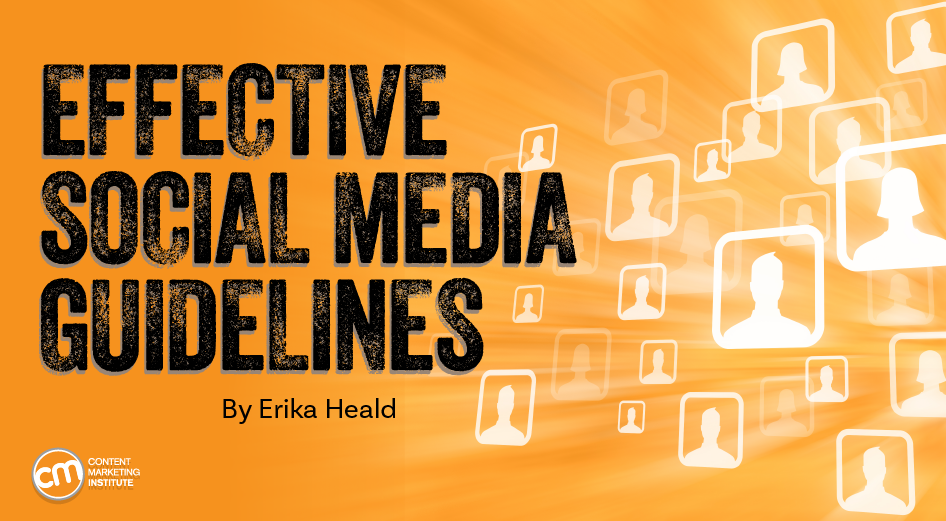Know your value
It’s essential for women to recognize their worth and advocate for themselves in the workplace. It’s important to know your value and not be afraid to own it.
For a lot of women, myself included, doing this can feel horribly unnatural. It’s often hard to admit that you’re good at things or that you have big ambitions because of how society treats us. I, for example, often struggle with writing my own bio or answering questions about my career path and successes. I even struggled while writing this article in many ways, describing my personal experiences and opening myself up.
It’s easy to underestimate our value and downplay our contributions, but it’s essential to recognize the unique skills, talents, and perspectives that we bring to the table. So, take a moment to reflect on your achievements, expertise, and strengths. Don’t be afraid to speak up and advocate for yourself in meetings, negotiations, and performance reviews. While it may sound daunting, there are actionable steps you can take to get started.
Track your achievements and, as much as possible, quantify the impact. Document projects you’ve worked on, results you’ve achieved, and positive feedback or recognition you’ve received from colleagues or supervisors. Use data and metrics to demonstrate the value you bring to the table. And when the time comes to discuss salary and benefits, you will be prepared with everything you need to ask for what you deserve. Try writing a script and reading it aloud to prepare yourself. It may feel silly, but it works.
More tactically, do your research. Find salary benchmarks from places like Glassdoor or LinkedIn. Use Fishbowl to find people talking candidly about salary ranges for roles similar to yours. There are multiple “Bowls” dedicated to salary, compensation, and negotiations. You may just find people comparing notes on salary from your company.
Remember, you deserve to be recognized and rewarded for your hard work.
For those in leadership positions, we can advocate for more transparency around salary and compensation. That doesn’t have to mean that an entire company has access to everyone’s personal income, but it could mean that, as a company, you share salary ranges for different positions based on experience. It could mean that you clearly define the factors that go into determining salary or a raise and how these factors are weighted. Every company is different, but the goal should be to foster a culture of transparency and accountability.
Overcoming imposter syndrome
Overcoming imposter syndrome and self-doubt is key to promoting yourself and establishing a strong professional identity. It’s natural to experience moments of insecurity and self-doubt. It’s natural to have a sense of not belonging. I know I have certainly experienced it. But just because you feel impostor syndrome or you’re not sure you can do something doesn’t mean you shouldn’t try. Don’t disqualify yourself.
In my experience, men more often specialize in technical SEO than women, which can cause a lot of women to doubt themselves around the more technical side of things. Data from Lidia’s article on the gender divide in topics illustrates this very well. Last year, men wrote the overwhelming majority of content on technical SEO and AI. In contrast, women tended to author more of the “soft” topics. This could be related to women in our industry feeling like they can’t or shouldn’t author content on certain technical topics.
But it’s essential not to let imposter syndrome hold you back from reaching your full potential. So, next time you feel a sense of not belonging, remind yourself of your accomplishments, resilience, and unwavering determination. And remember, you are not alone — many successful women have faced imposter syndrome and overcome it, and so can you.
Make your own credentials
In today’s competitive world, it’s not enough to rely on others to recognize your talents and achievements — you need to take control of your own narrative and actively promote yourself.
You don’t have to write a dissertation to be considered an expert. You also don’t have to share a brand new idea or point of view to be considered a thought leader. The key is to find inefficiencies and unique perspectives — whether about the industry as a whole or specific to SEO specialties or verticals — and be vocal about it.
Leverage social media and your personal or company website as a platform to express your opinions and share your ideas. Join SEO communities like Sisters in SEO on Facebook or Women in Tech SEO on Slack. These are your peers who will not only happily support your thought leadership efforts but also serve as a sounding board and support system for you. Seek out speaking opportunities and podcast guest appearances. Submit your work and yourself for awards. Don’t be afraid to put yourself out there and showcase what you bring to the table.
I created my own website a few years back to showcase my expertise. With options like WordPress and Wix, it’s easier than ever to get a site up and running. It’s also relatively inexpensive to maintain. Today, I use it as a portfolio that showcases all of my accomplishments, from publications to speaking engagements.
Just remember — innovation is great, but it’s not a requirement. A new perspective on something old can be just as valuable as a shiny new idea.
Depth over breadth
Not everybody has to be (or can be) an expert on all things SEO. But you can become an expert on a very specific topic or aspect of SEO. You can also work to become the local expert within your company, city/region, or even a particular vertical. The goal is to be the go-to person about a certain topic or facet of the industry. Maybe you want to be the voice of local SEO like Darren or the data scientist like Annie. Use that angle to start small and master your niche.
Building your own credentials isn’t magic. It just feels that way when it works.
Creating a clear and impactful online presence that reflects what you do and what you stand for will allow you to stand out as a true thought leader. Strong personal branding also provides an opportunity for women in SEO to gain valuable support by connecting with other female leaders. The more value you can provide, the stronger your credentials will be, and the wider your reach can grow.


































You must be logged in to post a comment Login